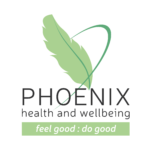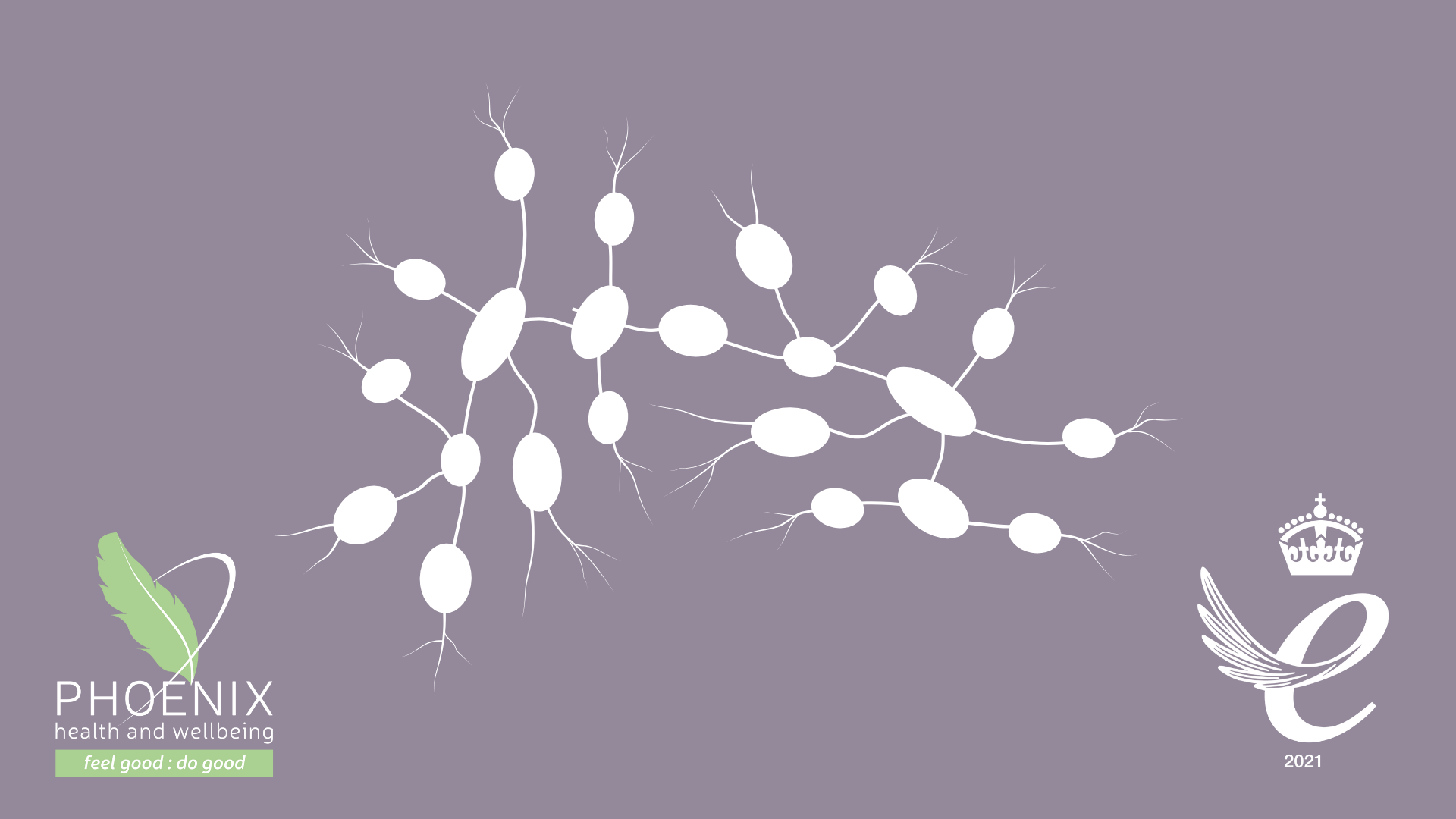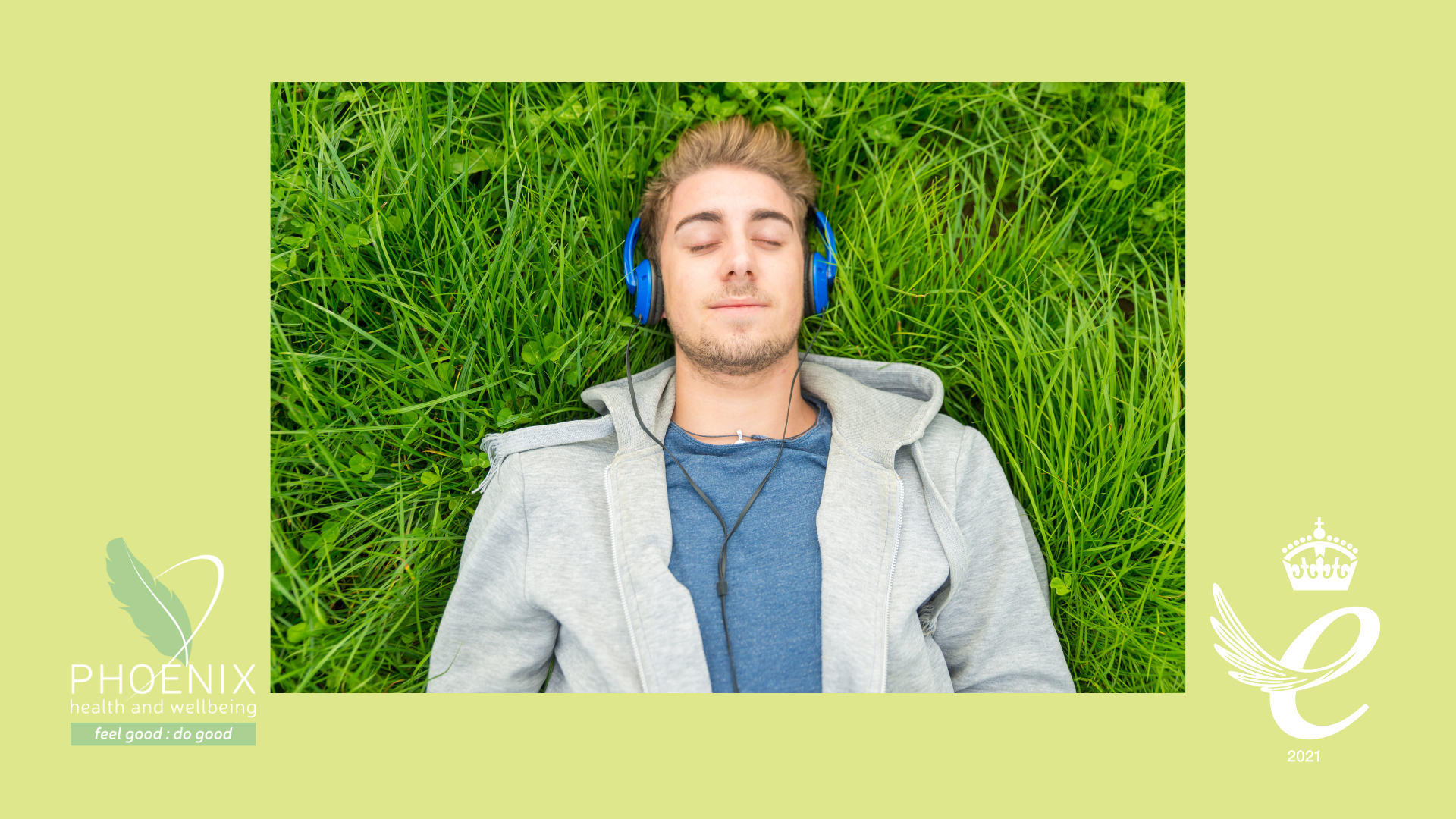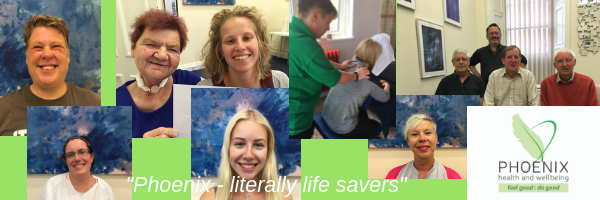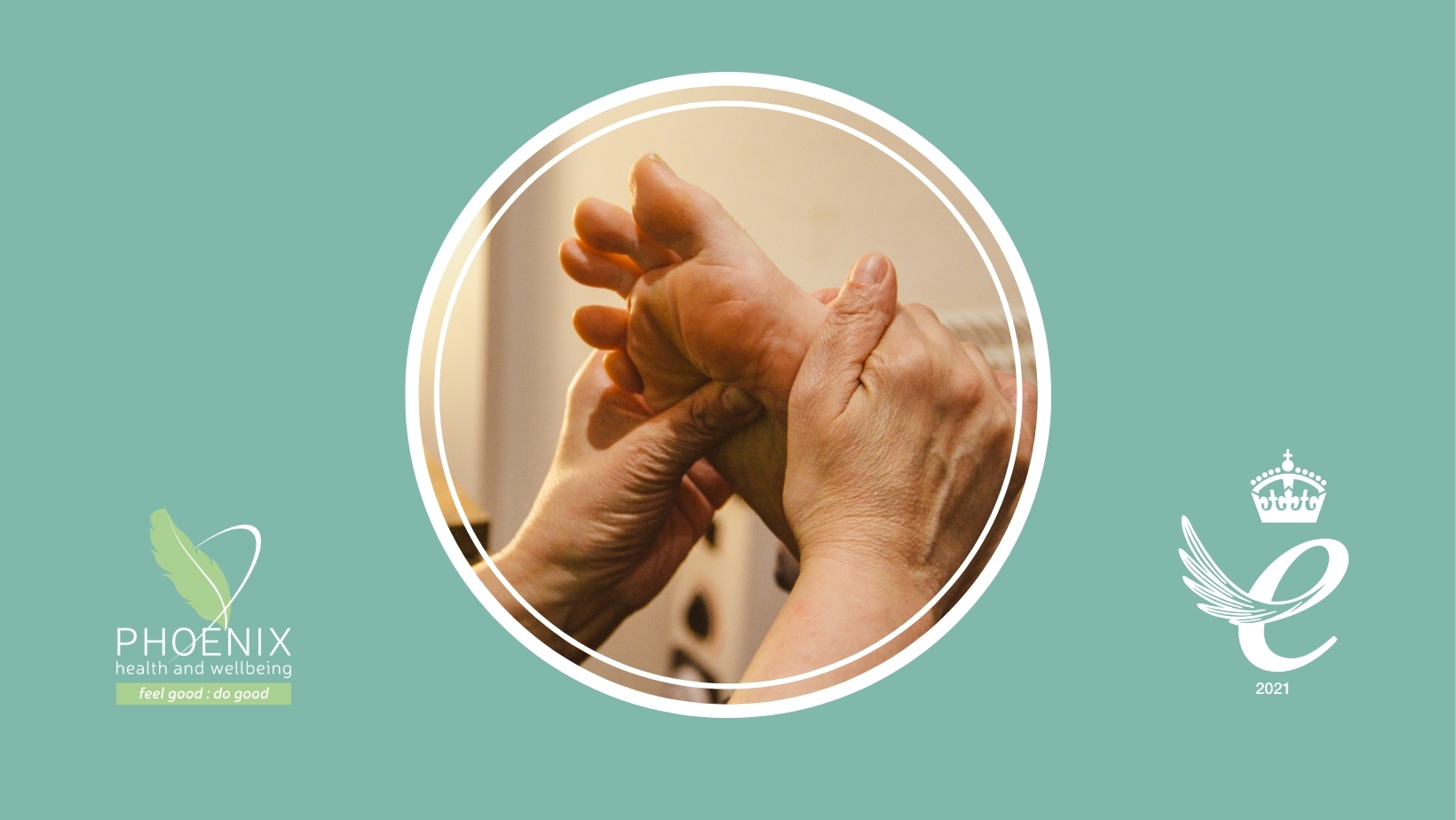
Reflexology: more than just a foot massage!
Reflexology is a wonderfully relaxing treatment, but it does have an air of mystery about it. So here we are to bust some myths and explain this fantastic treatment.
What is reflexology?
Reflexology is a complementary therapy treatment based on Eastern medicine. It is thought to date back to Ancient China where cave paintings from 5,000 BC depict people having a form of reflexology.
So, it’s old but how does it work?
It works on the same principles as acupuncture. Both treatments work on the basis that there are energy channels that run through our bodies. The energy that flows through these channels can get blocked or disrupted by things like physical injury, surgery, stress or emotional trauma. If this happens it can cause problems in the area of the body that is affected.
Blocked energy channels
The energy channels can be accessed at certain points in the body. In some places they flow close to the surface of the skin. In others they can be accessed where muscle fibres interconnect and leave space for an acupuncture pin or fingertip to reach the energy channel.
By stimulating the energy channel, the therapist can help to release or improve the flow of energy and promote healing.
So why the feet?
All of the energy channels are present in the feet and so through these channels the reflexologist can reach the energy that is flowing to every part of the body. Early reflexologists mapped these channels, so we now know which areas are being accessed by working on the different channels in the feet.
Ok but I still don’t get how it works
Basically, the therapist presses gently on the energy points and this stimulates the flow of energy around the body. The therapist can also feel significant changes in the foot. For example there may be tension, small grit-like lumps or areas of heat or coolness. All of these may be significant.
What happens in a treatment?
In a reflexology treatment you either lie down or sit while the therapist works on your feet. You don’t have to get undressed, just take off your shoes and socks. It’s best to wear loose fitting clothing or something comfortable so that you can relax completely.
The therapist starts by giving you a gentle foot massage to make the muscles in your feet relax. When your feet are relaxed the therapist will work around your feet gently pressing on certain points or rubbing areas in a circular motion. This stimulates the energy channels and boosts the circulation of energy.
The treatment finishes with another foot massage to relax you further. The total treatment takes 50 minutes.
What can reflexology help with?
Reflexology is really all about restoring balance in the body. Anecdotally, our therapists report improvements in a range of conditions such as; client’s duration and quality of sleep, pain levels, irritable bowel syndrome and depression as well as other issues.
There have been quite a few clinical trials around reflexology. Most only have a few participants but the results are generally encouraging. Here are a few with links as to how to read more.
- Poor sleep quality in post-menopausal women – a study was published in the European Journal of Integrative Medicine (2021) which looked at the effect of using reflexology to treat post-menopausal women suffering from poor sleep quality and fatigue. It involved 72 post-menopausal women with 32 having 12 reflexology treatments and the remaining 32 having no intervention. The results found that “post-menopausal women benefited after the application of reflexology as sleep quality increased and fatigue decreased. Reflexology could be used as a non-pharmacological therapeutic option offered in nursing care.”
- Nausea and stress related to cancer diagnosis and cancer treatment – there have been several studies on the effectiveness of reflexology as a treatment to reduce nausea caused by chemotherapy and the anxiety associated with a cancer diagnosis. One notable study is “The effect of reflexology on chemotherapy-induced nausea, vomiting, and fatigue in breast cancer patients” published in the Asia-Pacific Journal of Oncology Nursing (Volume 4, Issue 3, July–September 2017, Pages 241-249). This study involved 60 patients who had breast cancer. Thirty were in the treatment group and 30 in a control group. The study found that “reflexology decreased the experience, development, distress of nausea, vomiting, and retching as well as fatigue in the experimental group. Hence, the use of reflexology is recommended for chemotherapy-induced nausea, vomiting, and fatigue.”
- Diabetic neuropathy – people with type 2 diabetes often develop neuropathy or loss of sensation in their toes. A study titled “Determination of efficacy of reflexology in managing patients with diabetic neuropathy: a randomized controlled clinical trial” looked at 58 participants who all had diabetic neuropathy. All were treated with pharmaceutical medication, but half were also given reflexology treatments. The study looked at the patient pain reduction, glycemic control, nerve conductivity and thermal and vibration sensitivities. The study found that the “reflexology group showed more improvements in all outcome measures than those of control subjects with statistical significance.”
What do our reflexologists say?
Our therapists Ali, Heather and Vivianne are all reflexologists. Just click on their names to see their profiles. Here’s what they say about reflexology.
“People come for reflexology for a whole range of reasons; some want to relax – they may have stress or anxiety issues, others have issues with sleeping, asthma, headaches, arthritis, IBS or sinus issues – they are all common things that people come for.” Heather
“Clients relax in the session. I start with a gentle foot massage and then move on to working on the pressure points. I can detect tension in the foot or sometimes fluid or lumps. When I work on some areas the client feels discomfort, heat or perhaps a tickle. That tells me that there is something significant in that point and I work on it to relieve the tension or sensation. I know reflexology works because I get lots of positive feedback from clients. Sometimes they tell me that the treatment gives them relief for a few hours or days and sometimes it makes their issue go away. It’s not a miracle though – everyone is different. What works for one won’t necessarily work for another. You just have to try!” – Viv.
What do our clients say?
“Reflexology really helps me to relax – it helps with not only pain, but also psychologically – I come into Phoenix feeling anxious and stressed and always leave with a smile on my face.”
Give it a go in September and get a discount
The 19th to 25th September 2022 is #nationalreflexologyweek. Why not give #reflexology a go in September? Book through our website and use the promotion code REFLEXOLOGY at checkout to get 10% off in September. Or if you prefer, call us on 0113 234 0818 and quote Reflexology at the time of booking.
Phoenix Health & Wellbeing is a charitable social enterprise. We use the proceeds of your treatment to subsidise those who would not otherwise be able to access our therapies. Roughly £4 to every £10 spent with us will go to help others.
If you would like more information about Phoenix Health and Wellbeing click here . If you would like to know more about our other therapies click here. For information on our charitable work follow this link or call us on 0113 234 0181
Opening times:
Monday to Thursday from 10:00 to 20:00
Friday and Saturday from 11:00 to 16:00
Sunday closed.
